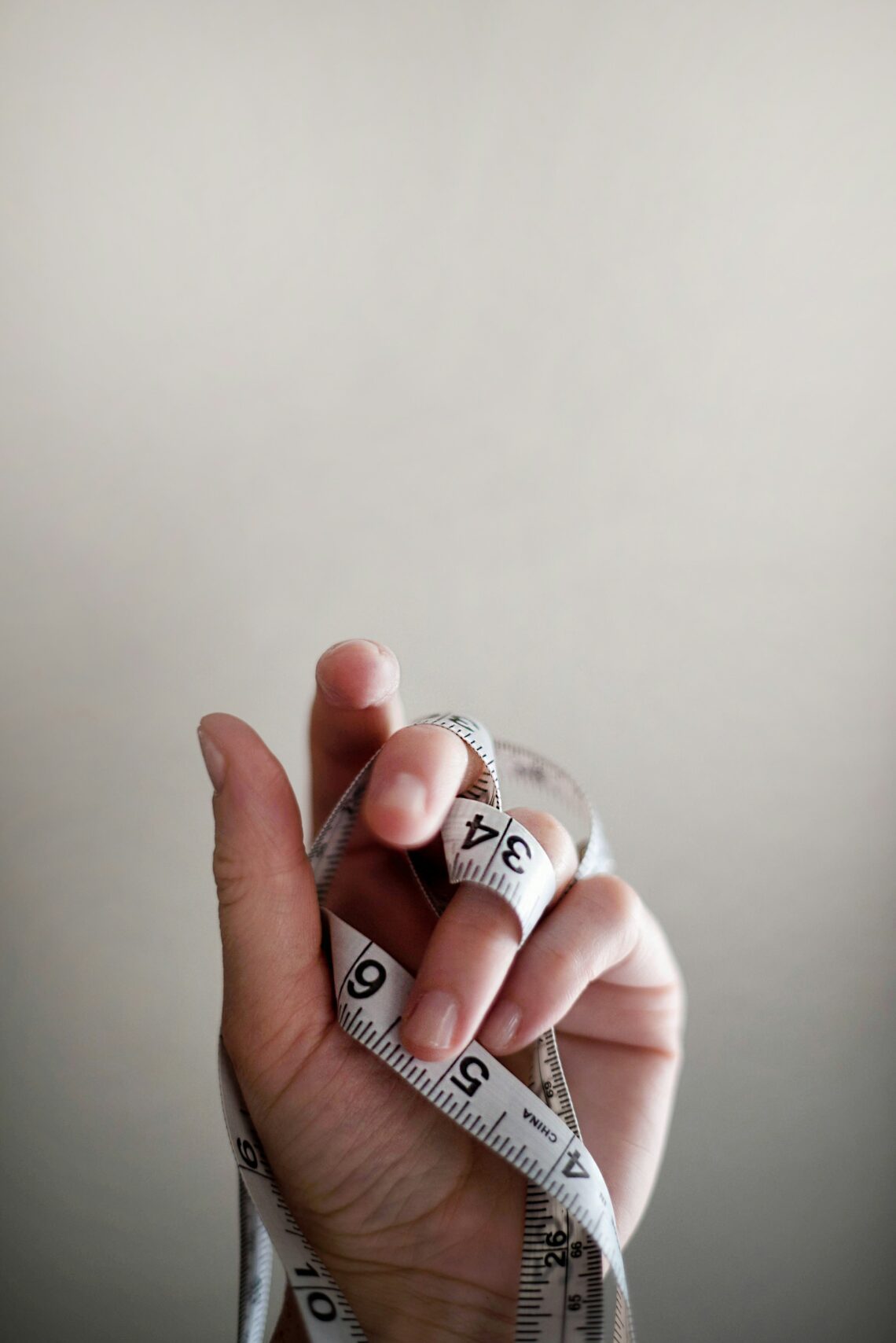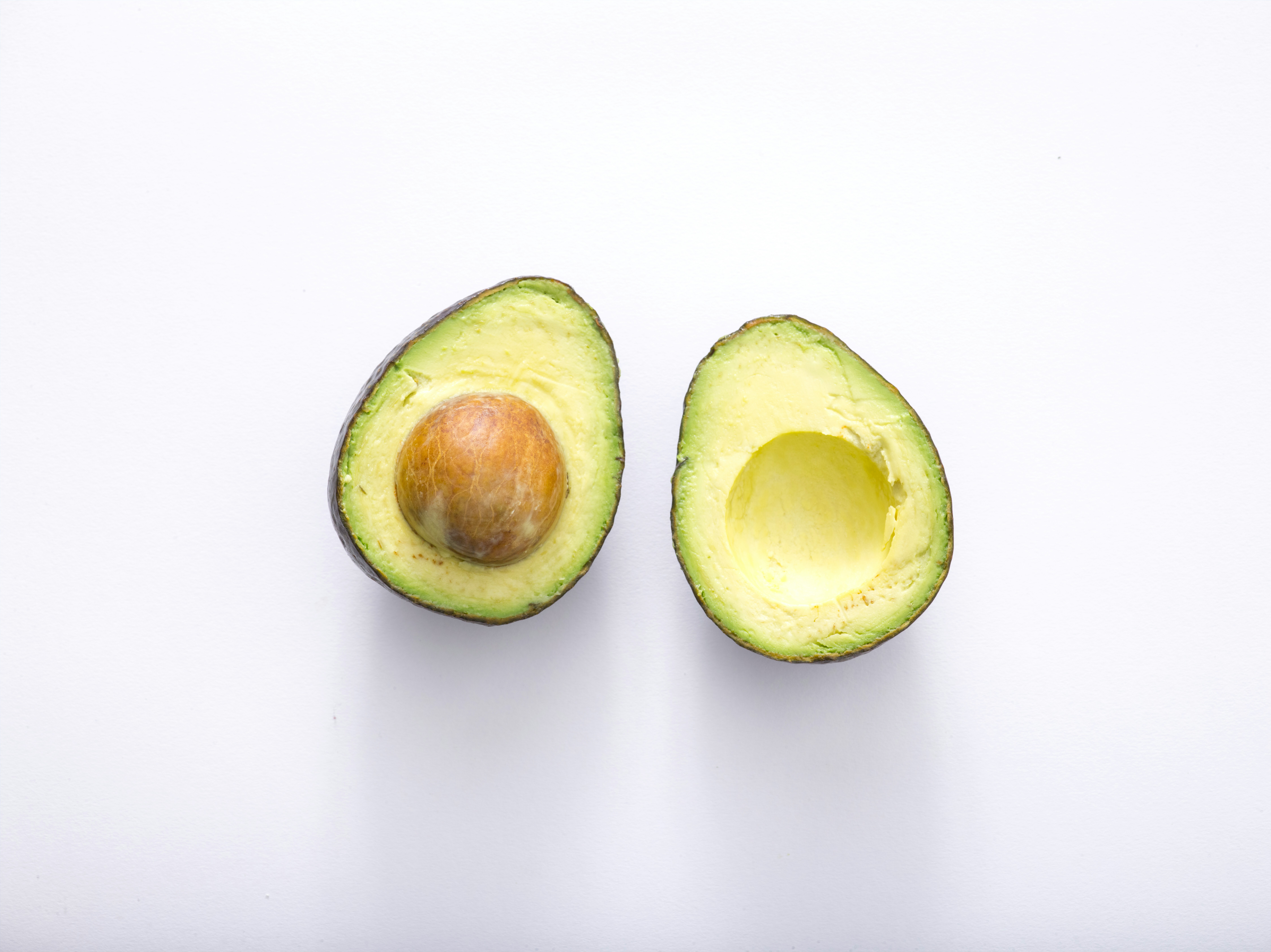Reimagining Self-Care: Creative Practices to Elevate Your Mental Resilience
So, picture this: I’m lounging on my couch (which, let’s be honest, has seen better days), a half-finished cup of coffee on my side table, and I’m scrolling through yet another article on self-care. You know the type—“10 Ways to Pamper Yourself!” or “Self-Care Routines for the Perfect Morning!” (I mean, who has time for a perfect morning, right?). I started to wonder: Why does self-care often feel like just another checklist of things to do? And why do we keep reinventing the wheel instead of diving into something a little more… creative?
Let’s face it, self-care is more than just bubble baths and face masks (although I am a huge fan of both). It’s about resilience—how we bounce back from life’s curveballs, big or small. Today, I want to share some refreshing, creative practices that can shift your self-care routine from monotonous to magical, helping you build mental resilience along the way. So grab your favorite blanket, a snack (or two), and let’s dive in!
1. The Art of Journaling: More Than Just a Diary
Okay, let’s start with journaling. I remember once, during a particularly chaotic time in my life, a friend handed me a sketchbook and said, “Just write.” At first, I was like, “What am I supposed to write about?” But then it hit me: it didn’t matter. I could write about my day, my dreams, or even doodle my feelings (I’m not an artist, but hey, it was cathartic!).
Journaling can be an outlet for thoughts that typically swirl around in our heads like confused bees. You can try free writing—set a timer for ten minutes and let your pen dance across the page without stopping. Or if you’re feeling particularly creative, try bullet journaling. It’s a blend of art and organization that allows you to track your moods, goals, and daily tasks in a visually appealing way (and who doesn’t love a good colored gel pen?).
And if you’re not into writing, there’s always the option of audio journaling. Just grab your phone, hit record, and spill your thoughts into the void. It can be surprisingly liberating to listen back and realize how far you’ve come (or how hilariously off-base your worries were).
2. Nature Therapy: Getting Back to Basics
Speaking of liberating, have you ever noticed how a simple walk in nature can shift your entire mood? I’ve had days where I felt like I was stuck in a mental fog, and just stepping outside to feel the wind on my face was enough to clear it. Nature therapy is all about reconnecting with the great outdoors, and it doesn’t have to be a grand expedition. Sometimes, just sitting on a park bench with a good book (or, in my case, people-watching) can do wonders for your mental health.
If you want to take it a step further, try grounding techniques. This doesn’t mean you have to hug a tree (unless that’s your thing), but rather, take off your shoes and feel the grass or dirt beneath your feet. It’s a practice that helps you feel more connected to the earth—literally. Plus, it’s a great excuse to ditch the shoes (win-win!).
3. Creative Expression: Find Your Medium
Now, let’s talk about creative expression. I’ve always had a love-hate relationship with art. I can appreciate a beautiful painting, but when it comes to creating my own, I often feel like a toddler with finger paints (and not the good kind). But here’s the thing: creative expression doesn’t have to be about skill; it’s about the process.
Try picking up a paintbrush, some clay, or even a camera. Whatever medium sparks joy for you, dive in! You could sign up for a pottery class, take up photography, or even start a DIY project at home (just be prepared for a little mess). The act of creating can be incredibly therapeutic—allowing you to express emotions that might be hard to articulate. Honestly, I’ve found that splashing paint around can sometimes feel like therapy without the hefty price tag.
4. Mindfulness and Meditation: An Art Form
Now, I know what you’re thinking: “Meditation? Really?” But hear me out. The beauty of mindfulness and meditation is that they can be as formal or informal as you want them to be. You don’t have to sit cross-legged on a mountaintop (unless you want to, of course). Sometimes, I find that just taking a minute to close my eyes and breathe deeply while I’m in the middle of cooking dinner does wonders. (And yes, I’ve burnt dinner a few times while trying to be mindful—who knew mindfulness could be so distracting?)
If you’re looking for a more structured approach, there are countless apps out there that can guide you through meditation sessions. Some days, I prefer a good guided meditation; other days, it’s all about the soothing sounds of nature or even a simple playlist of my favorite tunes. It’s about finding what resonates with you.
5. The Power of Play: Adulting Doesn’t Have to Be Boring
Let’s get real for a second. As adults, we often forget about the importance of play. When was the last time you allowed yourself to be a little silly? I mean, truly silly? Maybe it was when you were goofing around with friends, or perhaps it was that one time you decided to try karaoke (and let’s just say it was memorable).
Incorporating play into your routine can be as simple as having a game night with friends or trying out a new hobby that makes you feel like a kid again. You could join a dance class (trust me, the joy of moving freely is unmatched), or even embark on a scavenger hunt around your neighborhood. The key is to let go of the seriousness of adult life, even if it’s just for an hour or two. (Your inner child will thank you.)
6. Digital Detox: Unplug to Recharge
Ah, the digital age. We love it, we hate it, and sometimes, we just need a break from it. I’ve noticed that after a long day of scrolling through social media, my brain feels like it’s been on a rollercoaster ride—thrilling at first, but ultimately exhausting. A digital detox can help reset your mind. Try setting aside a few hours (or even a whole day) to unplug. Use that time to read an actual book (remember those?), go for a walk, or perhaps even start that art project you’ve been putting off.
And if you really want to get into the spirit of it, you can create a tech-free zone in your home. Designate a space where electronics aren’t allowed—no phones, no computers, just good old-fashioned face-to-face interactions (or quiet solitude if that’s your jam). You might be surprised at how much clarity and creativity can flourish in a distraction-free environment.
7. Cultivating Gratitude: A Simple Practice with Big Impact
I’ve always found that gratitude has a funny way of shifting my perspective. You’d think it’s just a buzzword, but taking a moment to appreciate what you have can make even the toughest days feel a bit brighter. I started keeping a gratitude jar—every day, I write down something I’m grateful for and toss it in. It’s a small act, but when I look back at all those little notes, I’m reminded of the good things in life.
You can also try gratitude journaling, where you write down three things you’re thankful for each day. It might feel a bit cliché at first, but it’s like a mental workout that builds resilience over time. The more you practice gratitude, the more you train your brain to look for the positives, even when life throws you a curveball.
8. Community Connection: The Importance of Social Support
Lastly, let’s talk about the power of community. I’ve learned that resilience isn’t a solo journey; it’s about connecting with others. Surrounding yourself with supportive friends and family can make a world of difference. If you feel comfortable, share your struggles and triumphs with those you trust. Sometimes, just knowing someone else understands can lighten the load.
Consider joining a local group that aligns with your interests or values. Whether it’s a book club, a sports team, or a volunteer organization, being part of a community can provide a sense of belonging and purpose that is invaluable for mental resilience. Plus, you might just make some new friends along the way!
In Conclusion: Embrace Your Unique Self-Care Journey
So, there you have it—some creative practices that can elevate your self-care routine and bolster your mental resilience. The beauty of self-care is that it’s not one-size-fits-all. What works for me might not resonate with you, and that’s perfectly okay. The key is to try new things, have fun, and find what truly nourishes your mind and soul.
As you embark on this journey of reimagining self-care, remember to be gentle with yourself. Life can get tough, but with a little creativity and a sprinkle of humor, we can all find ways to bounce back stronger than before. Now, if you’ll excuse me, I think it’s time for a little outdoor adventure… possibly with some ice cream involved (because, why not?).






